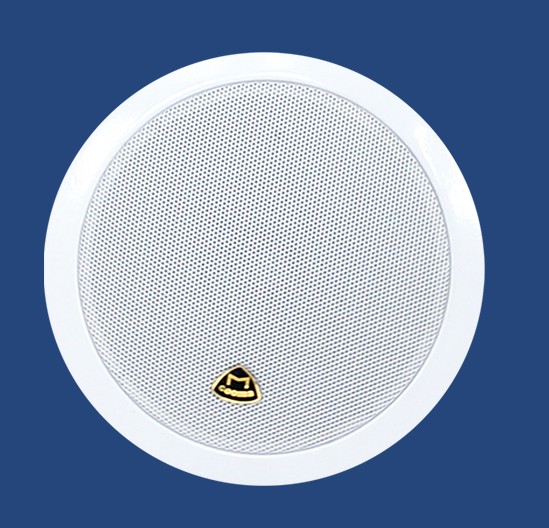The material of metal ceiling speakers can significantly influence audio quality. Here's a more narrative exploration:
The choice of materials in metal ceiling speakers plays a crucial role in shaping the overall sound performance. One fundamental aspect is the impact on resonance and vibrations. The density of the material can affect how sound waves propagate. Dense materials may help minimize vibrations and resonance, contributing to cleaner and more accurate sound reproduction. Similarly, the stiffness of the material is essential; stiffer materials resist deformation and unwanted resonances, ensuring a faithful representation of the audio.
Another consideration is the effect on dispersion and directivity. The surface texture of the speaker material influences how sound is dispersed in the surrounding space. For instance, smooth surfaces might reflect sound differently than textured ones, affecting the overall sound field. The shape and design of the speaker, in conjunction with the material, can also impact the dispersion pattern. Certain materials may be better suited for achieving specific directivity or coverage.
Durability is a crucial factor, especially for ceiling speakers. The material must be corrosion-resistant, particularly in environments with high humidity or exposure to the elements. This ensures the structural integrity of the speaker over time, contributing to long-term reliability.
Aesthetic considerations also come into play. While not directly related to audio quality, the material choice can influence the visual appeal of the space. Some materials may be more visually pleasing or better suited to blend with the overall design.
Compatibility with other components is vital. The material should work seamlessly with the speaker's internal components, such as the driver and crossover. Mismatched materials may lead to undesirable interactions that could compromise performance.
Installation practicalities, such as weight, should not be overlooked. Heavier materials may necessitate additional support structures, impacting the ease of installation, especially in ceiling applications.
Ultimately, while the material is a critical factor, achieving optimal audio quality requires a holistic approach. The quality of speaker components, including drivers and crossovers, the amplifier, and the acoustic characteristics of the room, all contribute to the overall audio experience. Careful consideration of these factors, alongside the material choice, ensures that metal ceiling speakers meet the specific requirements of the space and intended use. Consulting with audio professionals can provide valuable insights and guidance in making informed decisions.


